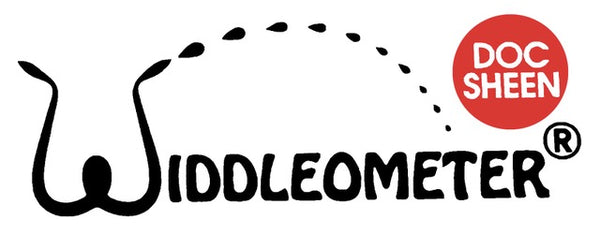How is your Blood Pressure?
Blood pressure is one of the key factors for living a longer and healthier life. Checking your blood pressure and advising people what to do if their pressure is too high can sound simple, but the reality is quite different. Around 1 in 3 Australians have raised blood pressure, with many of those unaware that they have it in the first place.
Fortunately, controlling and managing blood pressure is possible due to the increasingly clever medications we have available that can be used to regulate how powerful the pressure is.
How does it all work?
The amazing organ, the heart, pumps 100,000 times a day and keeps the blood circulating. It is a pretty staggering muscle. It does not get tired, it just keeps going. When the heart contracts, the heart pushes the blood into the arteries.
The arteries are elastic, they stretch. At the height of the contraction of the heart, the pressure in the arteries is at its highest, and this is known as systolic blood pressure.
The lower figure of a blood pressure reading is called the diastolic blood pressure.
In 1881, it was discovered that by using a mercury-filled tube and a blood pressure cuff, the upper and lower levels of blood pressure could be calculated. This was the birth of the sphygmomanometer. Today, often an electronic blood pressure machine is used, which provides a remarkably accurate reading.
A “normal” blood pressure is 120/80. This means the highest pressure of the blood is 120mm of mercury and the lowest pressure is 80mm of mercury.
However, this is where it becomes difficult – blood pressure varies all the time. Every beat is slightly different. Generally, blood pressure should be lowest at night and usually rises from 6am.
People talk about blood pressure as if it is just a reading. It is not.
The systolic figure – the top one – is actually considered OK if it is under 140. The diastolic figure – the lower one – should be less than 85.
What causes high blood pressure?
No cause for high blood pressure is found in 90% of cases. It is just known that above a “normal” level, the blood pressure will damage other parts of the body such as the kidneys and arteries.
The treatment depends on altering the way the body controls blood pressure.
There have been amazing advances over the last 40 years. Some medications relax the arteries, some affect the heart – in a good way – and make the contraction less intense; some work through the kidneys and control blood pressure through hormones they release. It is complex.
Do you have high blood pressure?
In the vast majority of cases, blood pressure does not cause any symptoms so you might not even notice you’re experiencing it. It is therefore essential that everyone has their blood pressure taken at least annually.
Blood pressure should be taken after three minutes of rest and it can be repeated a couple of times for certainty.
If you find that your blood pressure is raised - with the top figure above 140 and/or the bottom figure above 90 - the best next step is to have a 24-hour blood pressure monitor. This means wearing the device all of one day.
If this is not possible, having a blood pressure machine at home and taking a dozen or so readings is a pretty good alternative. This also helps if you feel you become nervous at your doctor’s surgery and have “white coat hypertension”.
Home monitoring will let the doctor see what your blood pressure is like at different times of day and find the best solution for controlling it.
With so many Australians affected by raised blood pressure without knowing, the best step is to find out and check regularly.
Dr Adrian Sheen
Inventor of the WIDDLEOMETER® which is an “early warning indicator” for your prostate and bladder health.
Web: widdleometer.com

